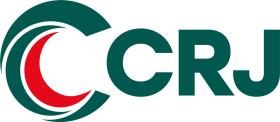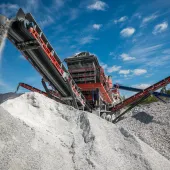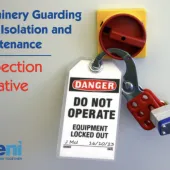CLP changes and new COMAH Regs: Be prepared

Neil Howe of online health and safety legislation specialists Cedrec highlights the changes
A NEW system for classifying and labelling chemicals comes into force next month and will see some substances coming under Control of Major Accident Hazards (COMAH) Regulations for the first time, as Neil Howe (pictured), senior legal author with online health and safety legislation specialists Cedrec, explains.
The Classification, Labelling and Packaging of Substances and Mixtures Regulation 2008 (CLP Regulation), which established a regulatory framework for the classification and labelling of substances and mixtures in the EU, began to come into force in 2009. This is based on an international agreement known as the Globally Harmonized System (GHS).
As GHS is a voluntary agreement rather than a law, it has to be adopted through a national or regional legal mechanism to ensure it becomes legally binding. This is what the CLP Regulation does, and it has been progressively replacing the EU’s Dangerous Substances and Dangerous Preparations Directives over the last few years.
The CLP Regulation requires chemicals to be classified for their hazards and their packaging labelled accordingly. This involves different labels to those under the outgoing regulatory framework, and a new set of hazard pictograms has been established to advise people handling materials. The phasing in of all this has been gradual to ease the burden on business but completes at the beginning of June.
CLP impacts on all aspects of chemicals’ legislation, from REACH to COSHH, but a key development will be how it relates to the newly published COMAH Regulations 2015, which simultaneously come into force on 1 June 2015.
COMAH implements Seveso III (the EU Directive on control of major accident hazards) and applies to any business where dangerous substances are either present on site above the threshold quantities or could be generated in the event of an accident. The major change involves the reclassification of chemicals to align them with GHS, inevitably leading to changes in scope.
Organizations will be in scope under COMAH if they store or use a dangerous substance over one of the thresholds, and those who find themselves reassigned to a higher category tier will need to prepare data and documentation which may not have been necessary previously.
Currently, lower-tier operators need to prepare a MAPP (Major Accident Prevention Policy), which should be provided to the regulator on request in order to comply with COMAH. Those operators categorized as upper-tier under the new COMAH Regulations will have to prepare a safety report at least every five years, but more frequently in the event of any major changes which might compromise the safety of people and the environment.
In addition, there will be an increased focus on land-use planning and the general public will have the chance to provide more input into COMAH projects. COMAH sites will now need to provide better access to information about risks associated with their activities and provide information on what the public should do in the event of an accident (this must now be provided electronically). The introduction of appropriate ‘safety distances’ in plans for new establishments and infrastructure near existing establishments will also be implemented.
With June fast approaching, it is vital that those companies who store and use dangerous substances check whether their COMAH status is likely to change (in or out of scope, upper or lower tier) by referring to Schedule 1 of the new Regulations. This will provide advice about what hazard categories and named dangerous substances are in scope, and their quantities. Companies can then compare this with what is in their substance inventory and convert their inventory over to the new CLP classification.
SMEs who find themselves now in scope of COMAH are likely to feel the financial burden of legislation more than larger companies, since proportionately the effect will be far greater. Changes in the quantities of substances/combinations of substances might also mean that companies further down the supply chain become caught up in COMAH legislation, if the quantities fall below those they currently handle.
So the message is simple: prepare now and be ready for change.









